Have you ever experienced a blown tire while driving? It can be a scary and dangerous situation, especially if you're on a busy road or highway.
But with the right tools and knowledge, you can do it yourself.
Here's what you'll need to do:
- Safely get off the road
- Establish a safe working space
- Get your spare tire and jack
- Raise your vehicle
- Carefully remove the blown tire
- Attach the spare tire
- Store the blown tire
- Fix the blown tire
Continue reading to learn how to remove a blown tire from the rim and ensure that you stay safe on the road!
What is a Blown Tire and What Causes One?
A blown tire is a sudden and unexpected loss of air pressure in a tire while driving. This can cause the tire to burst, leaving the driver in a potentially dangerous situation.
Blown tires can happen to any vehicle, but they are more common in large trucks and vehicles that are carrying heavy loads.
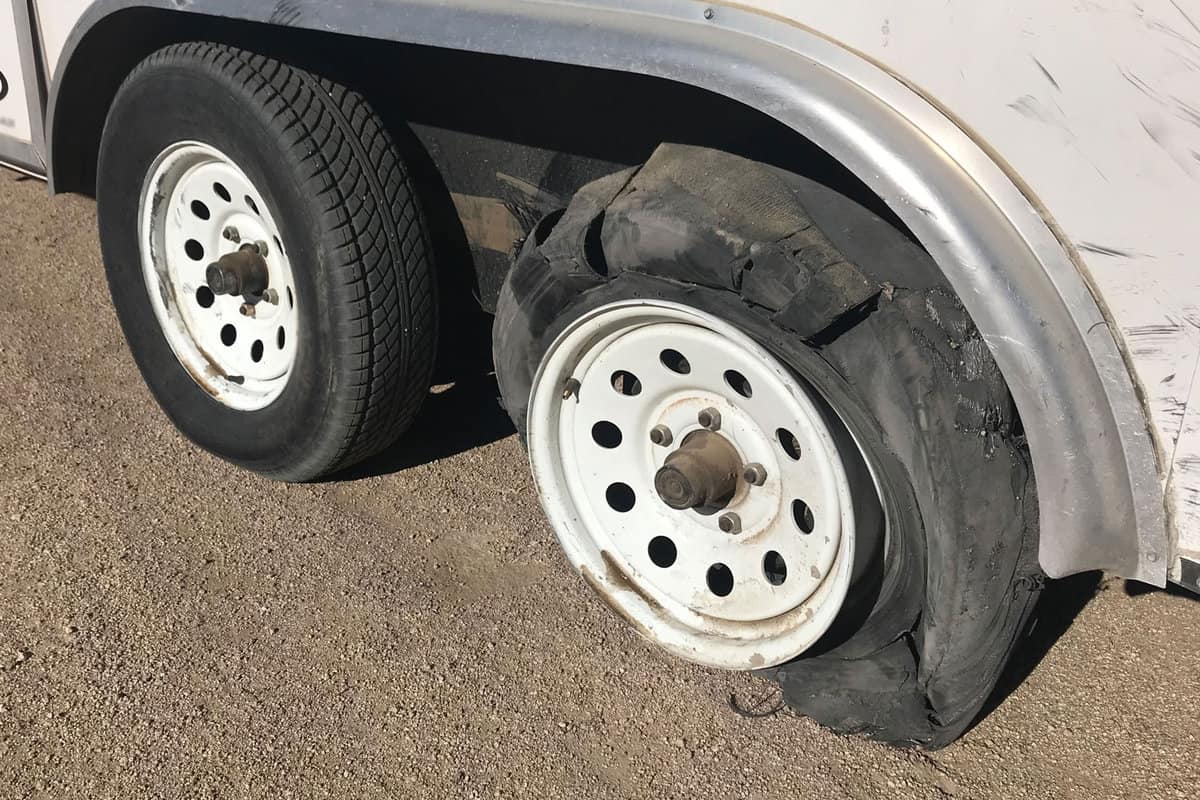
There are several reasons why a tire may blow out. One of the most common causes is underinflation, which can cause the tire to overheat and eventually fail.
Other contributing factors include impact damage from hitting a pothole or curb, low air pressure, overloading, extreme heat, uneven tire wear, and old or defective tires.
It is vital to regularly check your tires for signs of wear and tear and replace them when necessary.
Related article: Can You Get A Flat Tire From Hitting A Curb?
What to Do if I Have a Tire Blowout?
Experiencing a tire blowout while driving can be a scary situation, but it's important to stay calm and follow a few simple steps to ensure your safety.
- Keep firm control: When a tire blows out, your vehicle may pull to one side. Maintain control by keeping your hands at the 10 o'clock and 2 o'clock positions.
- Slow down gradually: Do not slam on the brakes. Gradually slow down by taking your foot off the accelerator, letting the vehicle slow down.
- Pull over to a safe location: Once you've slowed down to a safe speed, pull over to the side of the road. Make sure to park in a safe location away from traffic.
- Turn on your hazard lights: Turn on your hazard lights to alert other drivers that your vehicle is disabled.
- Call for assistance: If you can't change the tire yourself or don't have a spare tire, call for roadside assistance. See if your insurance policy covers roadside assistance.
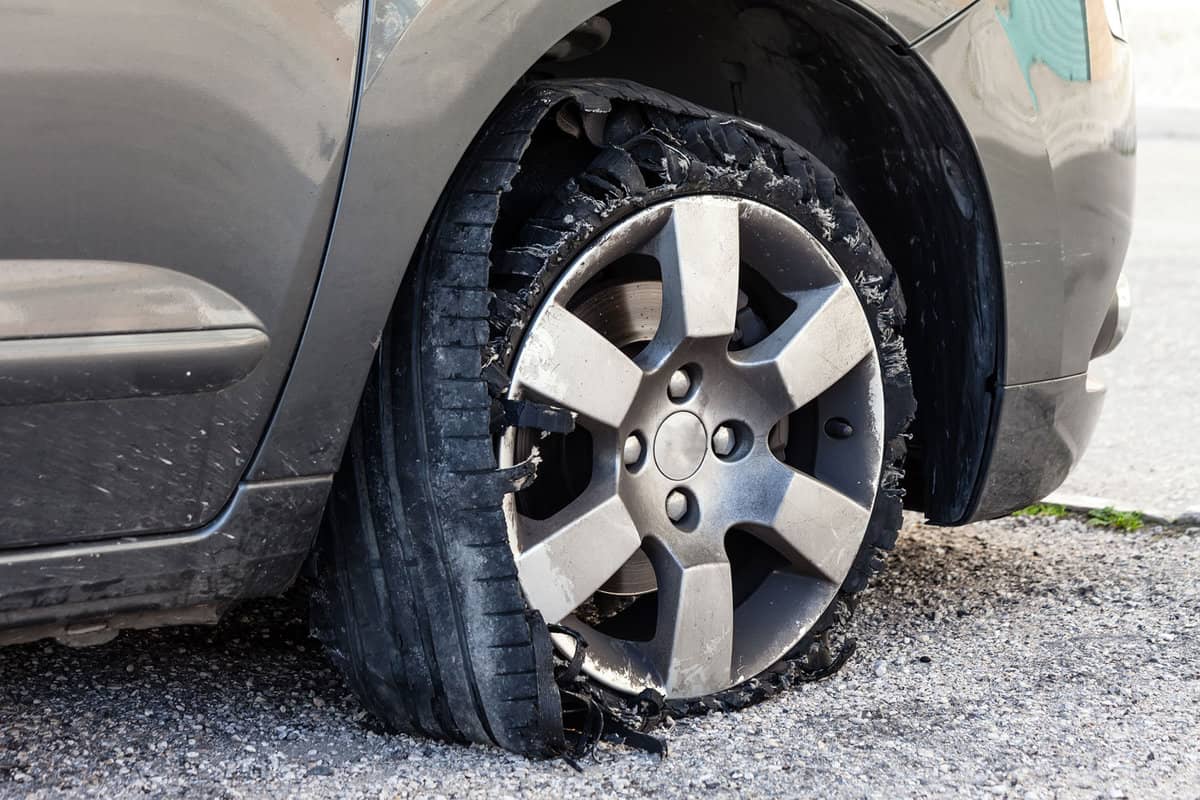
Steps to Removing A Blown Tire From The Rim
Safely Get Off the Road
As mentioned, the first thing to do when you experience a blown tire is to get off the road safely and turn on your hazard lights.
Avoid sudden movements and try to steer the car in a straight line. Once you have come to a stop, engage the parking brake.
Establish a Safe Working Space
After you have parked your car, it is important to establish a safe working space. Ensure that your car is parked on level ground and that the emergency brake is engaged.
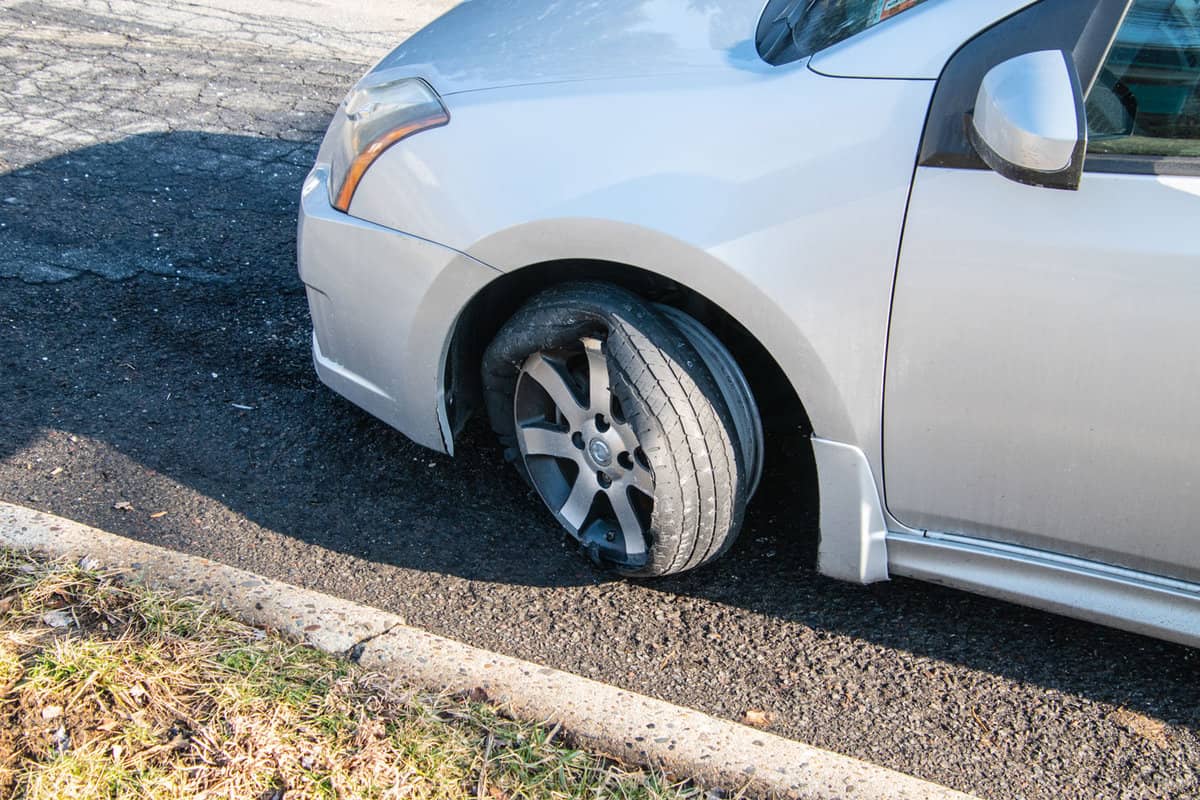
If possible, place a warning triangle or cone behind your car to alert other drivers. Keep your hazard lights on and wear high-visibility clothing.
Get Your Spare Tire and Jack
The next step is to get your spare tire and jack.
The spare tire is usually located in the trunk along with the jack. Ensure that the jack is in good working condition before using it.
Raise Your Vehicle
To safely raise your vehicle, you can use wood or bricks as bracing materials in the front and back of the tires that don't need replacing for stability and to prevent a rollover.
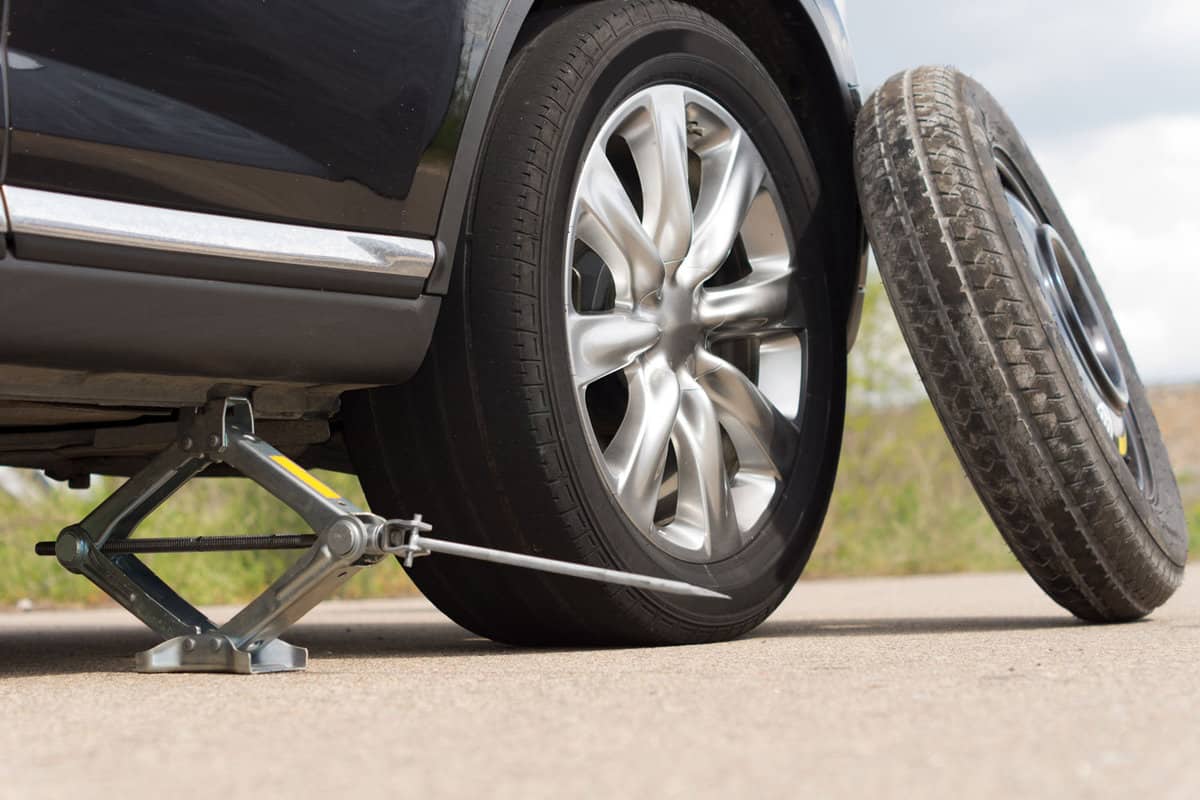
Locate the jacking points on your car and position the jack under the car. Use the jack handle to raise the car until the blown tire is off the ground.
Carefully Remove the Blown Tire
Once your car is raised, you can carefully remove the blown tire.
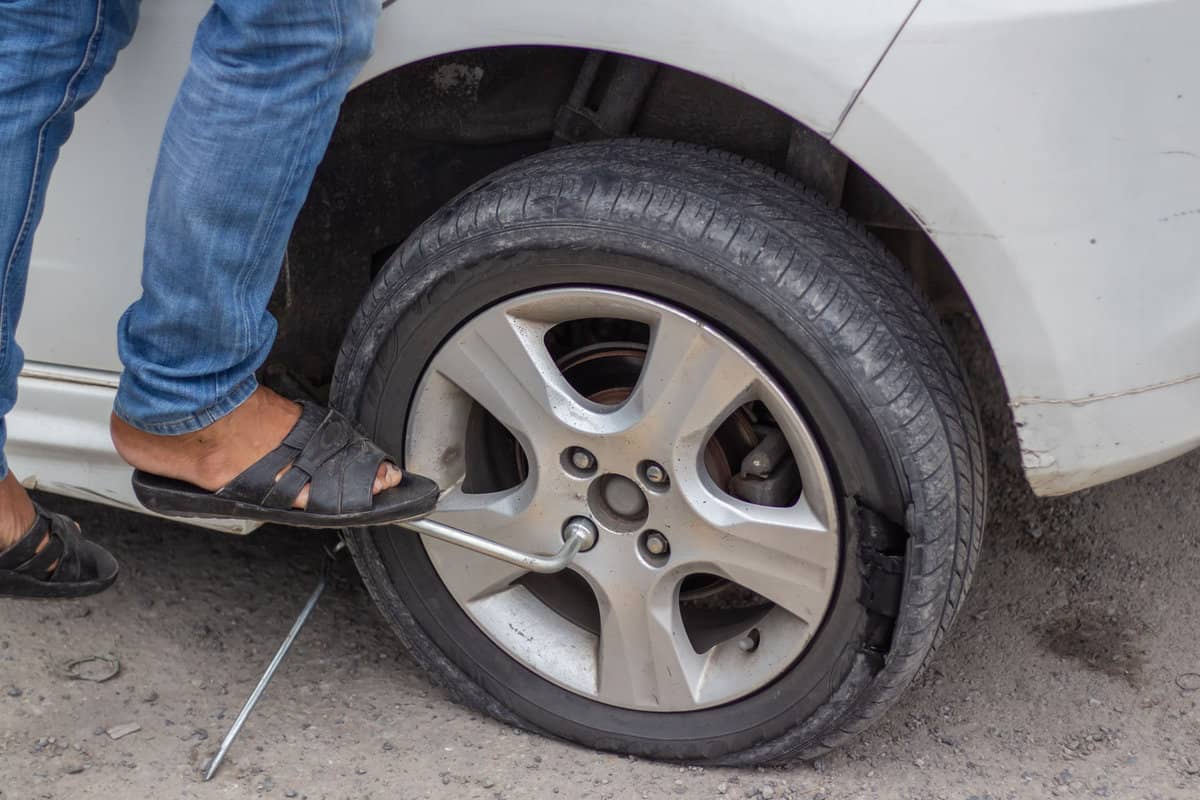
Use a lug wrench to loosen the lug nuts on the tire before removing them completely. Then, carefully remove the tire from the rim.
Be sure to keep the lug nuts in a safe place where they won't get lost.
Attach the Spare Tire
After you have removed the blown tire, you can attach the spare tire.
Carefully align the holes in the spare tire with the holes in the rim and replace the lug nuts.
Tighten the lug nuts as much as possible by hand before lowering the car back to the ground.
Store the Blown Tire
After you have replaced the blown tire with the spare tire, it is important to store the blown tire safely in your car.
Place the tire in the trunk of your car or in a safe place where it won't roll around while you are driving.
Fix the Blown Tire
Finally, it's important to prioritize fixing your blown tire as soon as possible by visiting a tire shop.
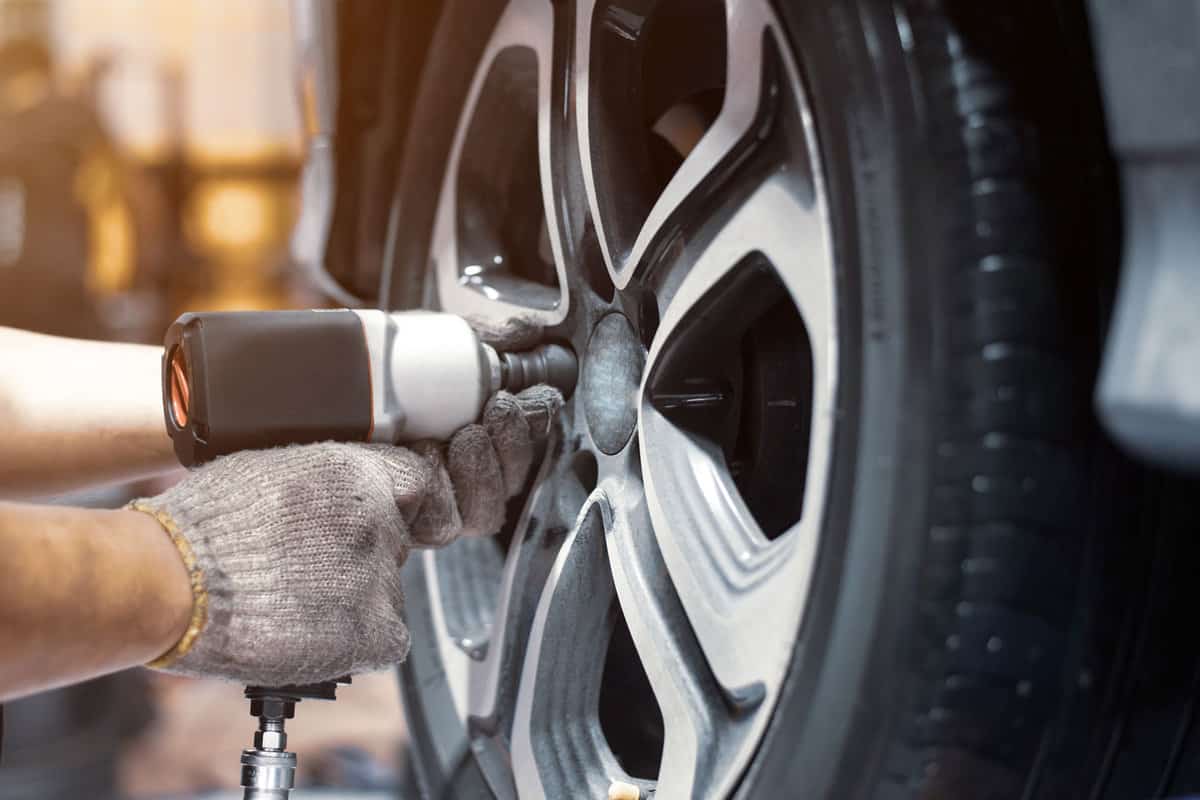
Spare tires are not designed for prolonged use and may not be suitable for long drives, so you need to eventually replace them with a proper tire that is compatible with your vehicle.
Related article: RV Tire Blowout: What To Do When It Happens (And How To Avoid It)
How Do I Prevent Tires from Blowing Out?
Tire blowouts can be quite dangerous and can cause accidents.
However, you can prevent tire blowouts by taking a few simple precautions. Here are some tips to help you prevent tire blowouts:
1. Check Your Tire Pressure Regularly
Checking your tire pressure regularly is one of the most important things you can do to prevent tire blowouts.
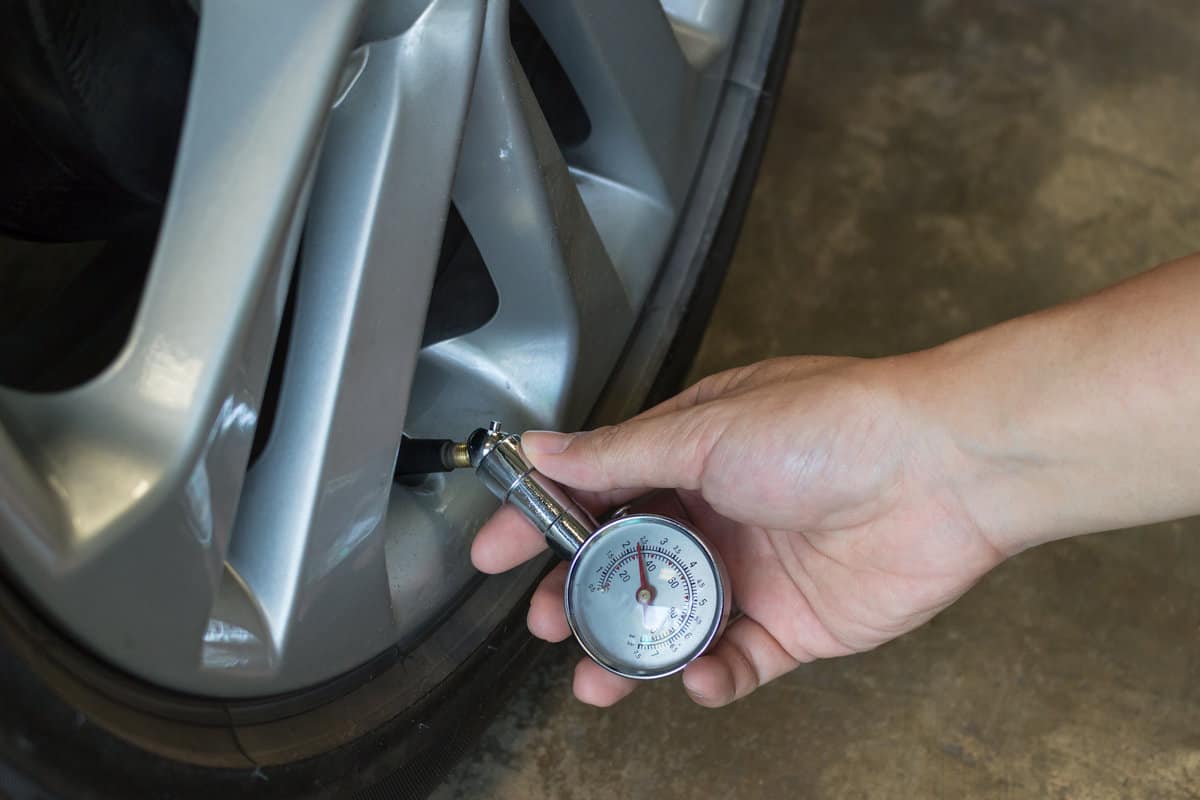
Maintaining proper air pressure is the most important part of caring for your vehicle's tires.
You can find the correct pressure for a tire in your owner's manual or on the sticker inside the driver's side door. Check your tire pressure at least once a month and before long trips.
2. Inspect Your Tires
Inspect your tires regularly for signs of wear and damage.
Look for cuts, punctures, bulges, and cracks in the sidewalls and tread. Replace any damaged tires immediately.
Also, check for uneven wear, indicating alignment or suspension problems.
3. Rotate Your Tires
Rotating your tires regularly can help prevent uneven wear, which can lead to tire blowouts.
Most tire manufacturers recommend rotating your tires every 5,000 miles. Check your owner's manual for the recommended rotation pattern.
4. Avoid Overloading Your Vehicle
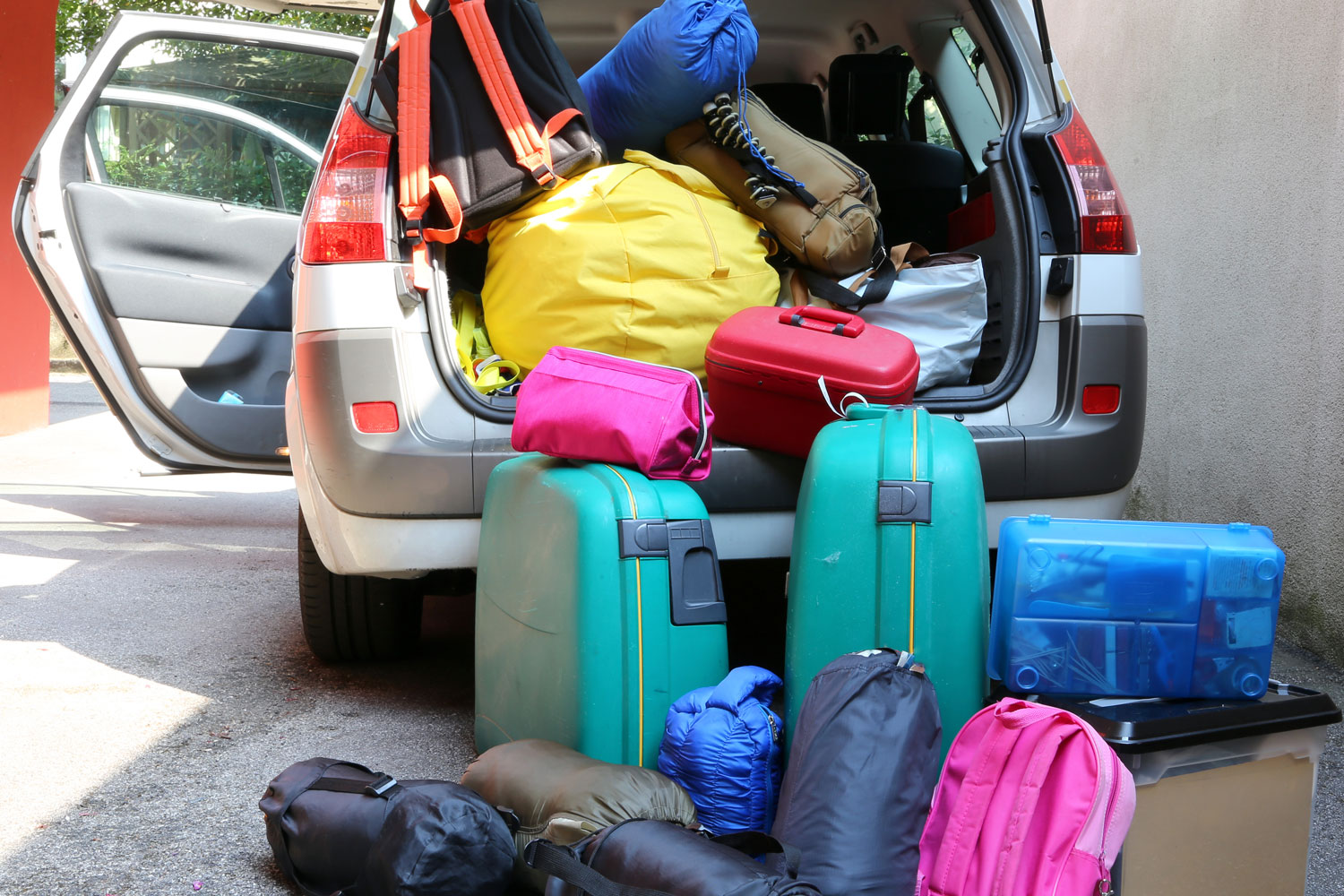
Overloading your vehicle can put too much weight on your tires, which can cause them to overheat and blow out. Know your vehicle's maximum weight capacity and don't exceed it.
5. Drive Carefully
Driving carefully can help prevent tire blowouts. Don't speed, avoid potholes and other road hazards, and ensure you're not driving on bald or worn-out tires.
Also read: Can A Patched Tire Blowout?
Does Insurance Cover Tire Blowouts?
It depends on your specific policy and the circumstances of the incident.
Typically, if you have comprehensive coverage, your insurance may cover the cost of repairing or replacing your tire.
However, if the blowout was caused by wear and tear or lack of maintenance, it may not cover the cost.
But suppose your tire blowout results in an accident. In that case, your insurance may cover the cost of any damage to your vehicle or other property or any injuries sustained by you or others.
It's important to note that some insurance policies may have specific exclusions for tire damage.
So, be sure to check with your provider to understand your coverage
Final Words
Following the steps above, you can safely and effectively remove a blown tire from the rim.
Always prioritize safety and take the necessary precautions before attempting tire repair or maintenance!
